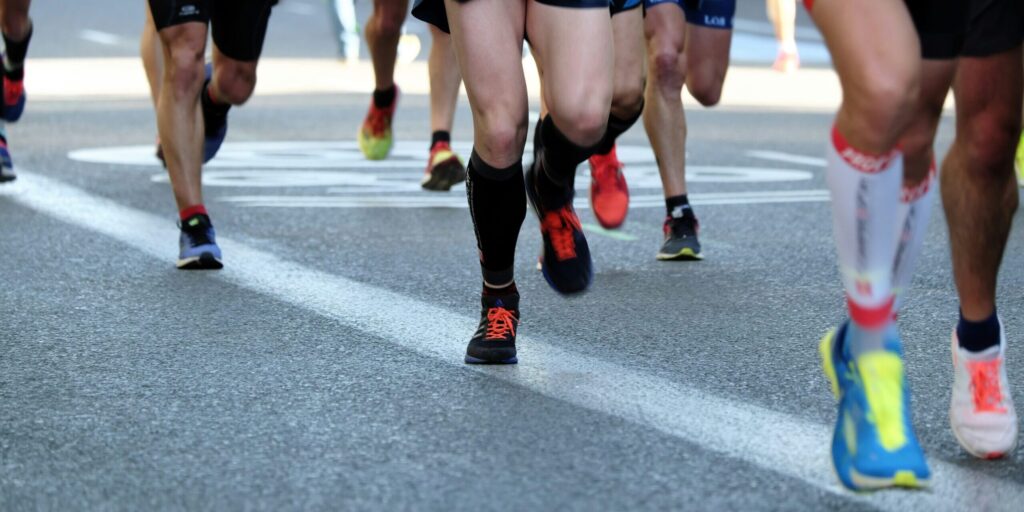Strava data from the most recent NYC Marathon provides insights into what shoes will be most popular among runners at this year’s race
All products featured on Athletech News are independently selected by our editors. However, when you buy something through our retail links, we may earn an affiliate commission
As the countdown to the New York City Marathon on November 2 dwindles to mere days, many runners are making that all-important final decision for race day: what shoe to wear.
Shoe technology is only becoming more and more advanced, and with a carbon-plated shoe revolution changing the game for every runner from professionals to recreational, the limitless options can be both exciting and overwhelming.
New data from social fitness app Strava revealed the top three shoes used in last year’s race. These were the most popular shoes for the 2024 NYC Marathon, in order:
Nike Flyknit
Nike Vaporfly 4%
Saucony Endorphin Pro
While carbon-plated shoes — running shoes that have a thin, rigid carbon-fiber plate in the sole to improve speed — are only becoming more popular for races, last year’s top shoe was on the opposite side of the spectrum from these performance-driven shoes.
The Super Shoe Revolution
The Nike Flyknit is a lower-cushioned shoe, not considered a particularly speedy racing shoe, nor a higher cushioned shoe often associated with the marathon distance — in a way, it entirely goes against the way shoes are trending toward maximum cushion and carbon plates.
In fact, Nike recently announced a robotics-driven innovation in its shoe lineup, which it’s calling the world’s first powered running shoe designed to help athletes move faster and farther with less strain on the body.
But the second-most popular shoe offers a totally different experience from the Flyknit. The Nike Vaporfly 4% was the brand’s — and the running world’s — first carbon-plated shoe, hitting the market in 2017. Carbon-plated shoes are meant for speed, but the added cushion (or stack height) of super shoes like the Vaporfly makes them suitable for longer distances like the marathon (however, the Nike Alphafly is considered a better marathon shoe, given its higher cushion).
The Saucony Endorphin Pro falls into the super shoe category as well, offering the Massachusetts-based company’s own take on a racing shoe. The Endorphin Pro is a higher-cushioned shoe than Nike’s Vaporfly and less firm (firmness is often associated with better energy return, while more cushion is favorable for comfort).
Studies are increasingly showing that super shoes can not only improve speed, but may help reduce fatigue and muscle strain, allowing runners to run harder for longer distances. Other evidence indicates super shoes can also help improve recovery, allowing runners — notably, professional athletes — to race hard and return to hard training quicker than ever.
That being said, there is other research that indicates super shoes could increase injury risk, especially in the lower leg, including bone stress injuries and tendonitis — that’s why most experts recommend not wearing carbon-plated shoes for every, or even most, runs.
High Price, Short Lifespan
Injury risk isn’t the only deterrence to wearing carbon-plated shoes for the majority of your runs — the footwear comes with a high price tag and a short lifespan.
The majority of super shoes break down quickly, only lasting about 150 to 250 miles at most, and cost upwards of $200. An everyday trainer, for reference, will last about 400 miles on average, costing somewhere between $120 to $160.
The Nike Flyknit by comparison originally retailed for $120 (now just under $71, as it is an older model), while the Vaporfly went for $250 when it was first launched, and the Endorphin Pro cost $240.
The latest versions of the Vaporfly and Endorphin Pro currently cost $270 and $225, respectively.



